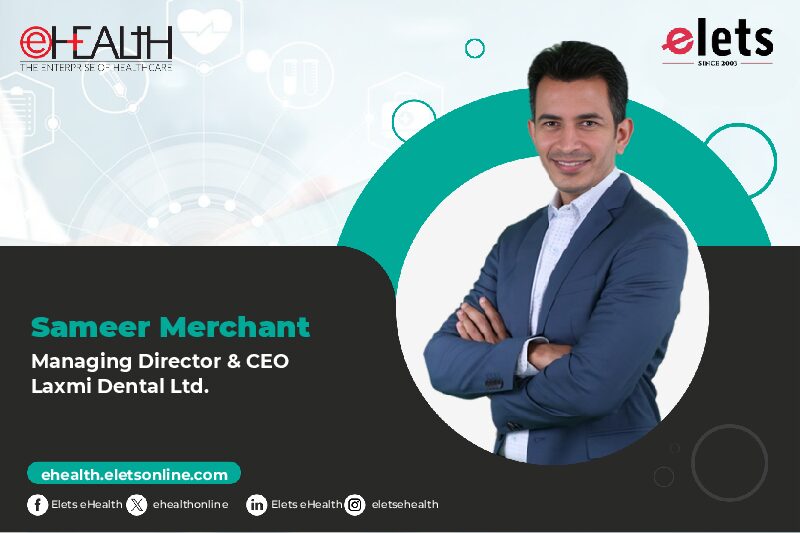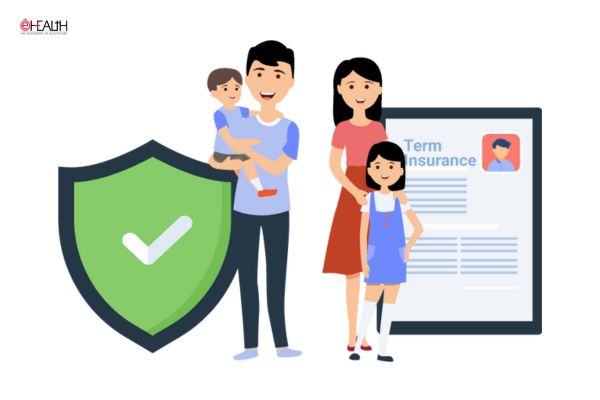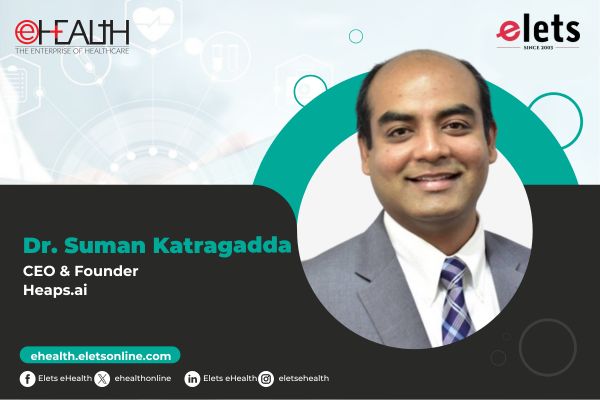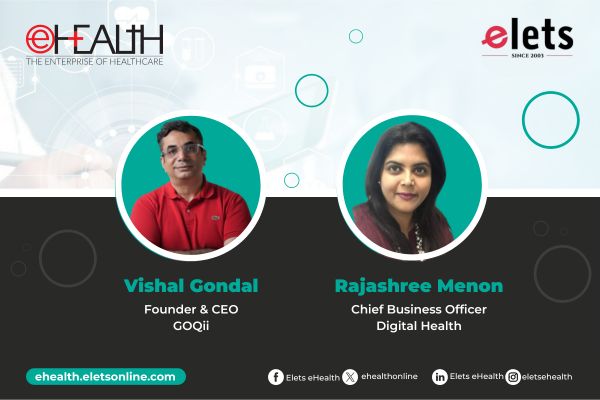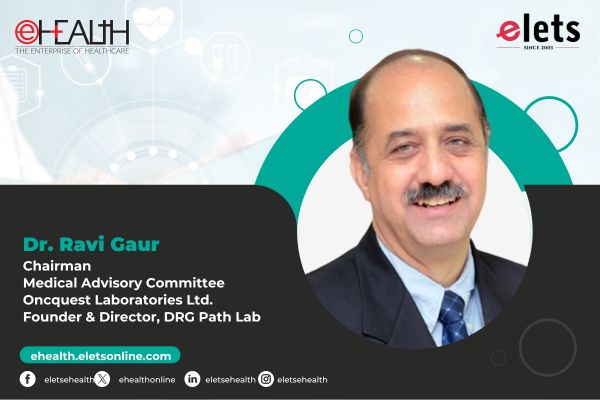
The theme for World No Tobacco Day 2025, “Unmasking the Appeal: Exposing Industry Tactics on Tobacco and Nicotine Products,” is not just a public health call—it is a direct challenge to all stakeholders in the healthcare ecosystem to confront a well-funded, strategic campaign targeting our youth.
While consumer-facing discussions tend to focus on smoking cessation and awareness, B2B stakeholders—from healthcare providers and diagnostics labs to pharmaceutical firms, policy influencers, and digital health startups—must now assume more proactive roles in countering what is arguably one of the most calculated health threats of our time.

Tobacco’s New Playbook: Flavours, Facades & Funnels
The tobacco industry has evolved. No longer confined to cigarettes and bidi packs, it now markets e-cigarettes, vapes, flavoured pods, and nicotine pouches disguised in youth-friendly formats like mint, bubblegum, and even cotton candy. The packaging mimics cosmetics and tech gadgets, bypassing traditional deterrents and regulations. What’s more alarming is the weaponisation of digital marketing, influencer endorsements, and regional language content to build emotional narratives around these products, glamorising use while masking harm.

This isn’t innovation; it’s industrialised manipulation. As healthcare professionals and enterprises, we must treat this as a public health emergency hiding in plain sight.

Beyond Awareness: Time for Structural and Ecosystemic Interventions
Historically, most anti-tobacco strategies have been reactive and punitive, disproportionately affecting users rather than producers. As we shift toward a preventive and data-driven healthcare model, the industry must take a united, system-level approach:

- Pharmaceutical and Medtech Companies: Strengthen the availability and accessibility of cessation therapies. R&D needs to focus on scalable, affordable, and locally relevant interventions, including transdermal patches, behavioural apps, and AI-led cessation tools.
- Diagnostics & Pathology Labs: Enable early detection campaigns linked to tobacco-related diseases. Labs can partner with insurance and digital health players to track biomarkers, enable proactive screenings, and personalise risk profiling.
- Digital Health Platforms: Leverage social listening, behavioural science, and regional content to build digital narratives that counter tobacco propaganda. The same tools that spread addiction can—and must—be repurposed for de-addiction.
- Policymakers & Insurers: Push for bans on youth-appealing flavours, tighten digital marketing regulations, and integrate cessation support into primary healthcare schemes such as Ayushman Bharat.
- CSR and Educational Institutions: Build public-private collaborations for school-based interventions, community health education, and youth mental health awareness. The emphasis should be on empowerment over enforcement.
The Data Doesn’t Lie: The Urgency is Now
According to the WHO Global Report on Tobacco Trends, over 1.25 billion adults globally use tobacco. India alone has 253 million users, with usage seen even in adolescents as young as 13. While smoking rates have shown a gradual decline—from 1 in 3 adults in 2000 to 1 in 5 in 2022—the pace of change is inadequate against the scale of the threat.
Bhutan’s bold public smoking ban as early as 2005 shows that policy works when there is conviction. The WHO’s Framework Convention on Tobacco Control (FCTC), backed by 182 countries, gives a roadmap, but the private sector must now align with it in strategy and execution, not just in principle.
Building an Alliance for Tobacco-Free Futures
This World No Tobacco Day, the call is not just to individuals to quit, but to industries to act. Every player in the healthcare continuum—providers, pharma, diagnostics, payers, and policymakers—must actively challenge the normalisation of nicotine in youth culture.
As an industry leader in diagnostics, I’ve witnessed firsthand how tobacco doesn’t just destroy organs—it depletes economies, communities, and the promise of tomorrow’s generation. Our job is not just to detect disease, but to disrupt the very forces that spread it.
Let us invest not just in treating consequences, but in breaking the supply chains of addiction. Let us replace glamorisation with guidance, and profit-driven tactics with purpose-driven transformation.
This is more than a public health campaign. It’s a systems-level challenge. And the time to act is now.
Views expressed by: Dr. Ravi Gaur, Chairman, Medical Advisory Committee, Oncquest Laboratories Ltd., and Founder & Director, DRG Path Lab, New Delhi
Be a part of Elets Collaborative Initiatives. Join Us for Upcoming Events and explore business opportunities. Like us on Facebook , connect with us on LinkedIn and follow us on Twitter , Instagram.
"Exciting news! Elets technomedia is now on WhatsApp Channels Subscribe today by clicking the link and stay updated with the latest insights!" Click here!








